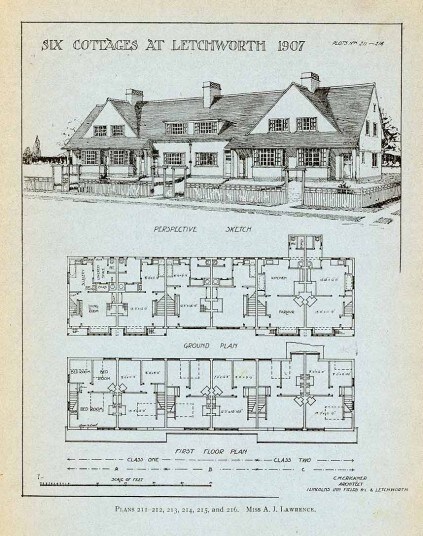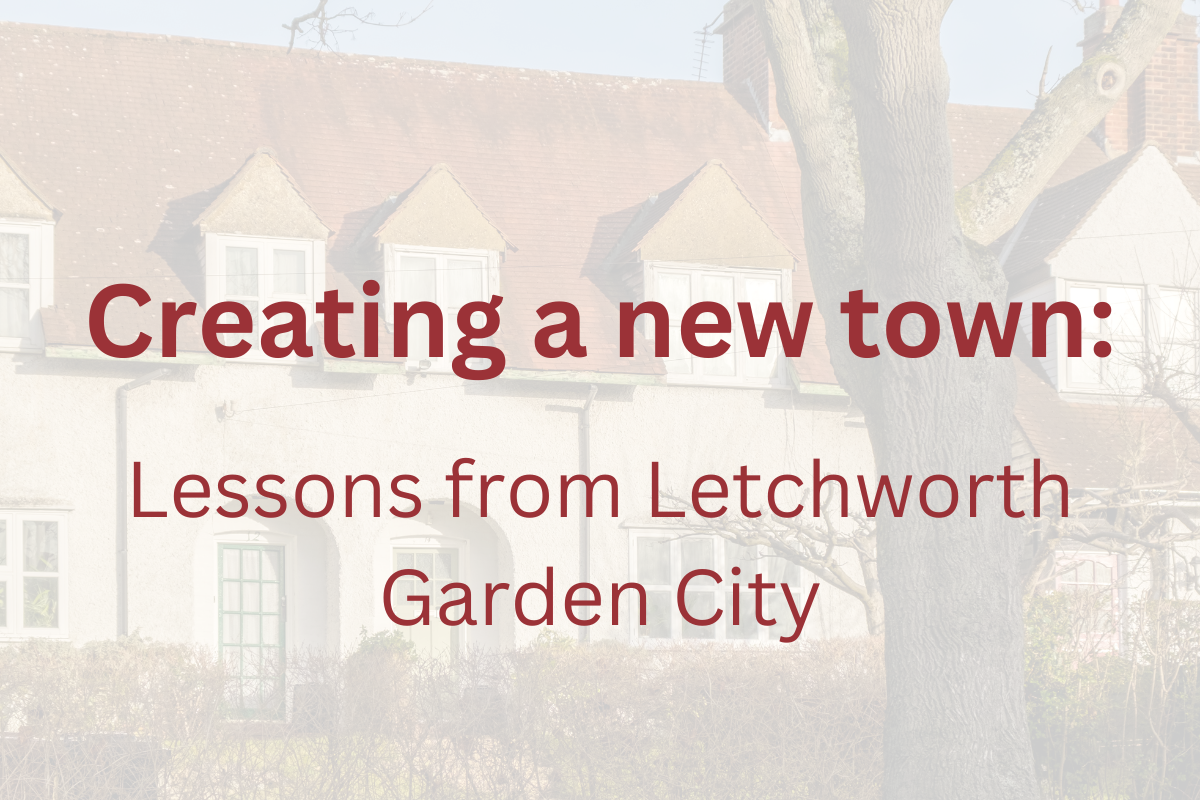Create Streets’ senior architectural designer, Robert Kwolek, explores the history of Letchworth Garden City, a pioneering model of urban planning and reflects on it’s successes and shortcomings of Letchworth’s development. You can read the full essay here and the foreword below.
Here in the UK, the new Labour Government is shortly expected to announce further details about its New Town plans. Whether these take the form of standalone “towns” or something more akin to urban extensions, or perhaps a combination of both, is yet to be seen.
Of course, the concept of “new towns” is nothing new. The name is best known applied to the programme of new towns started immediately following World War II under the New Towns Act 1946. Well-known towns built under the Act include Stevenage, Crawley, Hemel Hampstead and Basildon, among others. Later new towns included Milton Keynes and Peterborough. The long term success of some of these is debatable, but they were not the first new towns. Long before, Port Sunlight and Bournville provided a model for Letchworth (1903) and Welwyn (1920), a model which was replicated not just in the UK but around the world.

Plans for cottages at Letchworth
Will the next wave of new towns merely aim to provide as many houses as possible or will they, like Letchworth, aim for a higher purpose of social and cultural enrichment, beauty and substantially improved standards for affordable new homes? Will they be the reset the UK housing market needs, or just more of the same?
In this illustrated essay, I write about the background of Letchworth Garden City and my personal experience visiting it, and see what lessons we might glean to apply to the new towns of the future.


